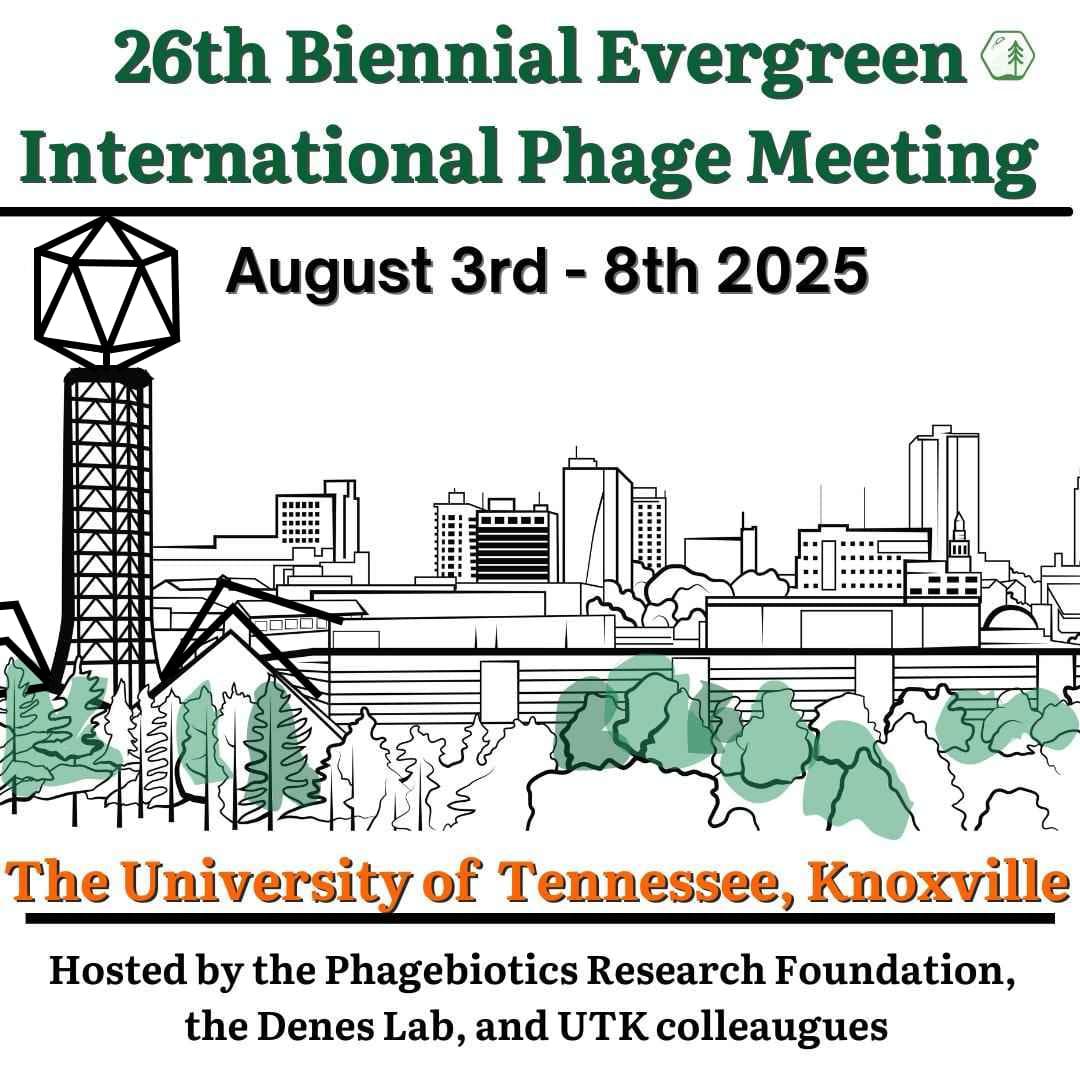Hey everyone,
Summer is finally here! But as you know, Jess and I moved to San Francisco, and “summer” is mostly indistinguishable from any other season here. The city stays a nice “balmy” 20C around the year… but it could be worse!
As Summer is turning the corner, we’re now prepping for the Fall schedule of Capsid & Tail — We’ll be reaching out to some of you phage phans in the next few weeks — for thought pieces, behind-the-paper discoveries, and more!
I know quite a few of y’all have created new phage startups, moved up to very impressive positions, and the community would love to hear what that’s been like. Send me a note and I’ll help guide you through the writing process — [email protected]
Speaking of moving to places and positions, Jess has been spending most of her days getting up to speed at the Bollyky lab at Stanford. She’d love to write about their new initiatives and projects, but she’s been trying to find some pockets of time here and there to jot it all down. As for me, I’ve also been building lots of AI (and non-AI) computational and data engineering systems. We’re overhauling a lot of our Capsid & Tail writing processes — from how we read papers to how we write our Jobs listings. We’re also rethinking most of Phage Directory from ground up (which is why the site has been neglected for some time now) — and how it’ll work with Capsid & Tail, next year’s Evergreen, and so on. Much of it’s still in the very early days, but exciting things are coming!
Oh, if you have any wild ideas about what Phage Directory could or should be doing — from being a biobank data catalogue — to a fully translated, searchable Russian/Georgian phage research paper library, to… some kind of chatbot — please let me know at [email protected]! No idea is too crazy!
~ Jan
Here’s what we’ve covered this month:
by Michael Shamash
In this recap of the 6th Bacteriophage Therapy Summit in Boston, Michael Shamash live-tweeted the event and focused on some areas he thought was interesting, particularly the use of phages in the agrifood, animal health, and agriculture sector. Companies like PhageLab, NexaBiome, and Proteon Pharmaceuticals showcased their progress in using phages in livestock a food spoilage, and discussions emphasized the need for standardized phage dosing protocols to optimize treatment efficacy. Check out his live tweets in the article!
by Jan Zheng
This month’s Phage Picks are packed with phage bioinformatics papers (sorry). Evelien’s team compared Illumina and ONT sequencing for viral genomes from fecal samples, revealing that Illumina excels in resolving genomes while ONT captures broader viral diversity. Another standout was a machine learning model predicting Klebsiella phage-host infectivity, complete with a detailed, reproducible Jupyter Notebook. Additionally, a study on A. baumannii showed phage resistance incurs a cost to virulence, and another paper uncovered a novel antibiotic-phage synergy mechanism preventing lysogeny. I actually had too many papers for this month, so I’ll try to share them in the next few picks!
by Jonathan Moore
This was a cool article covering a way of using phages that I’d never heard of. Jonathan describes how his SEED system works, around producing vaccines using lactococcal phage-vectored technology. He highlighted how the SEED platform, developed by his non-profit GSD Bio, aims to prevent epidemics by enabling on-site vaccine production without the need for complex infrastructure. Jonathan emphasized the system’s simplicity and potential to address global health access issues, particularly in combating diseases like SARS-CoV-2 and H5N1 avian influenza.
This is a really interesting angle, and I hope those who are interested in phage-vectored production reach out to Jonathan.
C&T Throwback!
Given all the new advancements in AI, large language models, protein models, etc. we’re actually making more, not less, use of the pre-LLM machine learning models! Don’t forget about Piotr Tynecki, part of the OG team that set up a phage/host prediction system, using NLP no less!







